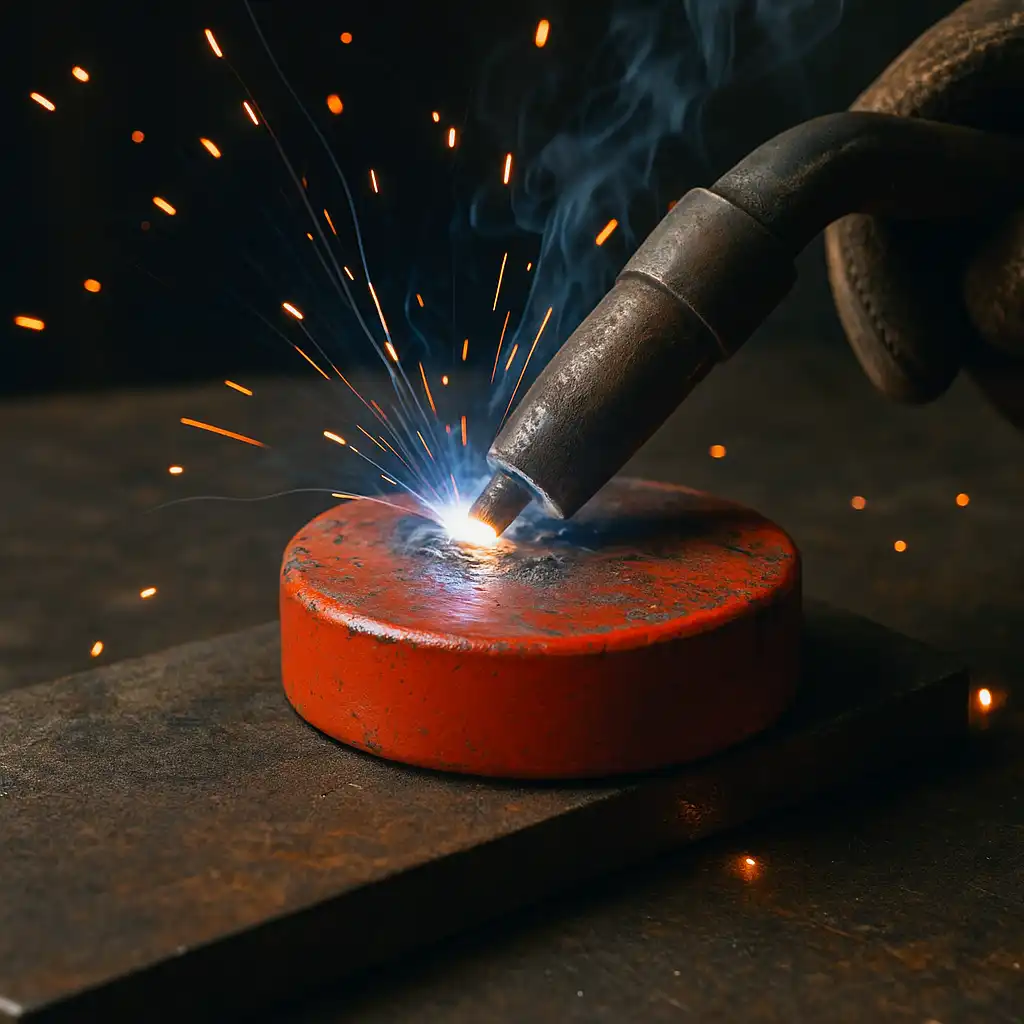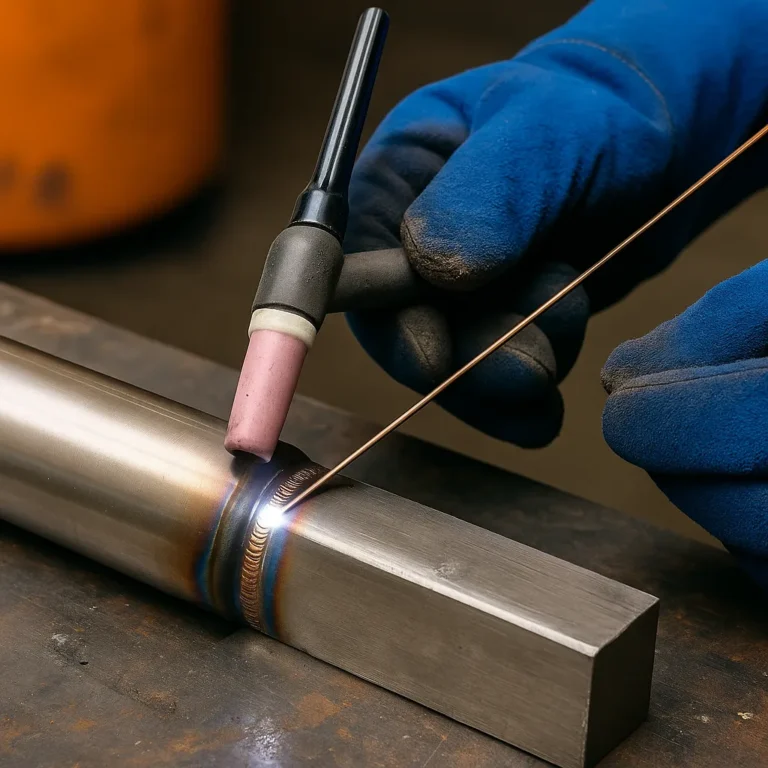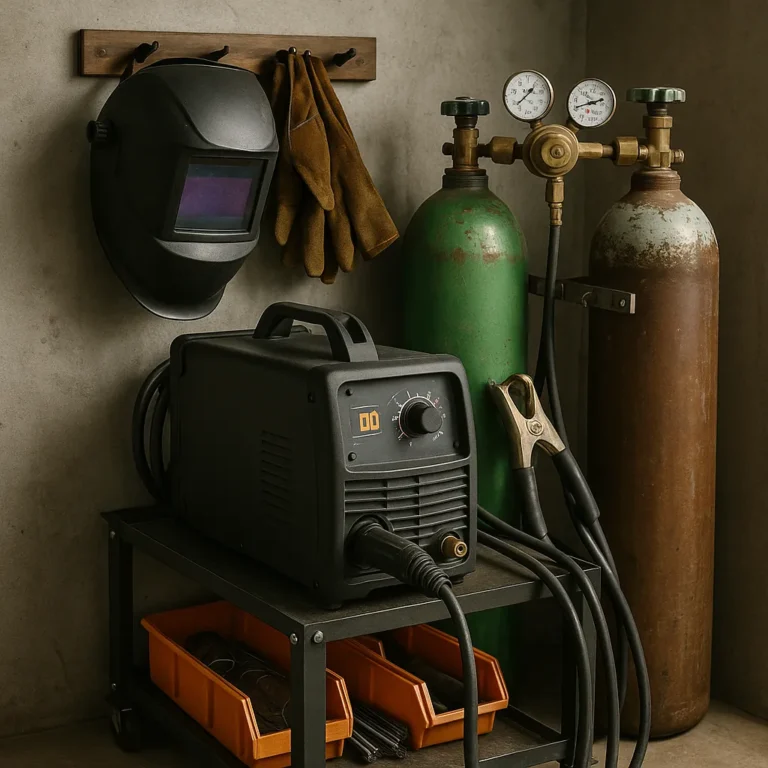Can You Weld a Magnet to Metal Without Losing Its Magnetic Properties?

Welding a magnet to a metal like steel, for example, might sound straightforward, but it presents unique challenges that make it very different from welding typical metal parts. Whether for industrial applications or DIY projects, knowing how welding affects a magnet’s structure and function is essential before striking an arc.
What Happens When You Weld a Magnet?
Magnets, especially permanent ones like neodymium or ceramic magnets, lose their magnetic properties when exposed to high temperatures. Welding generates intense heat, often exceeding the Curie temperature—the point at which a magnet’s molecular alignment breaks down and it stops being magnetic. For many materials, this temperature ranges between 600°F and 1,400°F.
If you weld directly onto a magnet, depending on the alloy and the method used, you can expect some loss of magnetism, distortion in shape, or complete demagnetization.
Common Types of Magnets and Their Weldability
Neodymium Magnets
Neodymium magnets are extremely powerful but very heat-sensitive. These rare-earth magnets can lose their magnetic field even at moderate heat levels. Welding them is not recommended, as they are usually coated with nickel or epoxy, which can release toxic fumes when heated.
Ferrite or Ceramic Magnets
Ferrite magnets are less powerful but more heat-tolerant than neodymium. While welding can still demagnetize them, they might retain partial magnetic properties if exposed briefly to lower temperatures. However, they are brittle and prone to cracking.
Alnico Magnets
Alnico magnets, often used in industrial and automotive settings, are the most suitable for limited welding. They can handle higher temperatures and may retain magnetism better after cooling. Preheating and post-weld heat treatment help minimize magnetic loss.
Techniques and Considerations
Shielding the Magnet
To reduce the risk of heat damage, welders often clamp the magnet to a heat sink or use a copper chill block to absorb excess heat. This helps protect the magnetic structure during welding. Spot welding or tack welding may also reduce exposure time to heat.
Preheating and Cooling
Some magnets require preheating to reduce thermal shock, followed by a slow cooling process to preserve structural integrity. If the part must remain magnetic, post-weld re-magnetization using an external magnetic field is another option.
Safety Concerns
Magnets can interfere with welding equipment and arc stability. Their strong fields can attract welding slag, metal shavings, or even tools, increasing the risk of accidents. Always secure the work area and be aware of any interference with electronic equipment.
When Welding Is Not Advisable
If magnetic properties are critical to the part’s function, welding is usually not the best approach. Consider mechanical fasteners, adhesives rated for magnetic materials, or designing the magnet as a removable component in the final assembly.
Conclusion
While you can weld a magnet, doing so typically compromises its magnetic strength and structural integrity. Understanding the type of magnet, the required temperature tolerances, and proper welding techniques is essential. If the magnetic function must be preserved, alternative methods of attachment are often a better choice.






